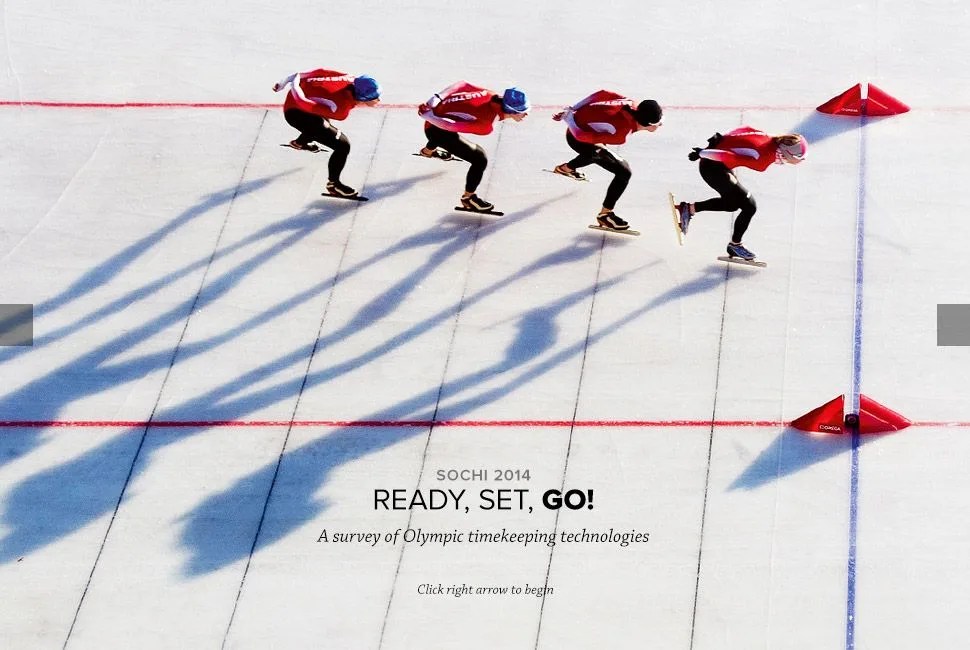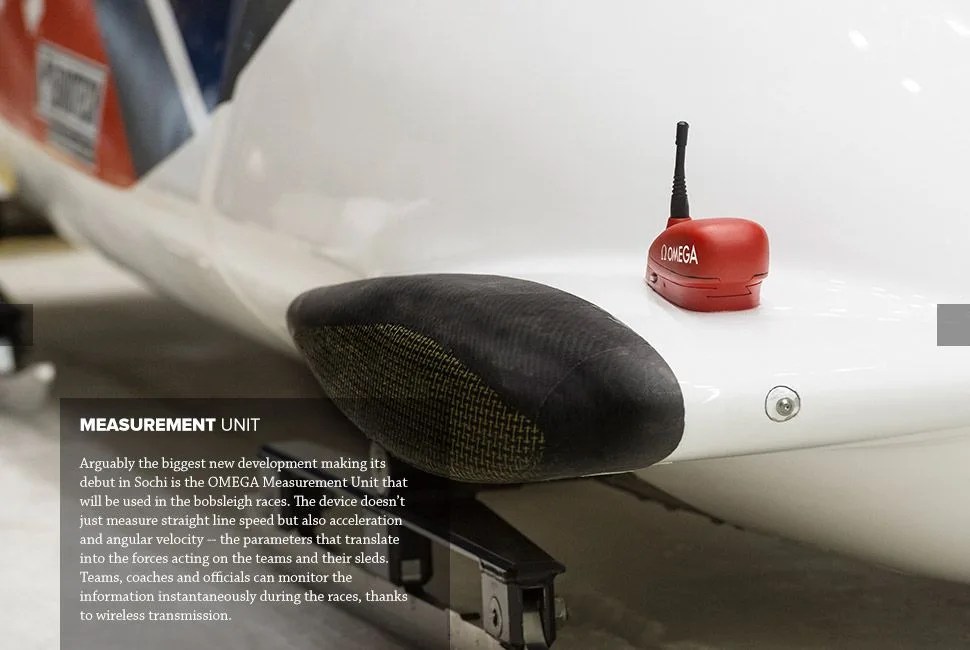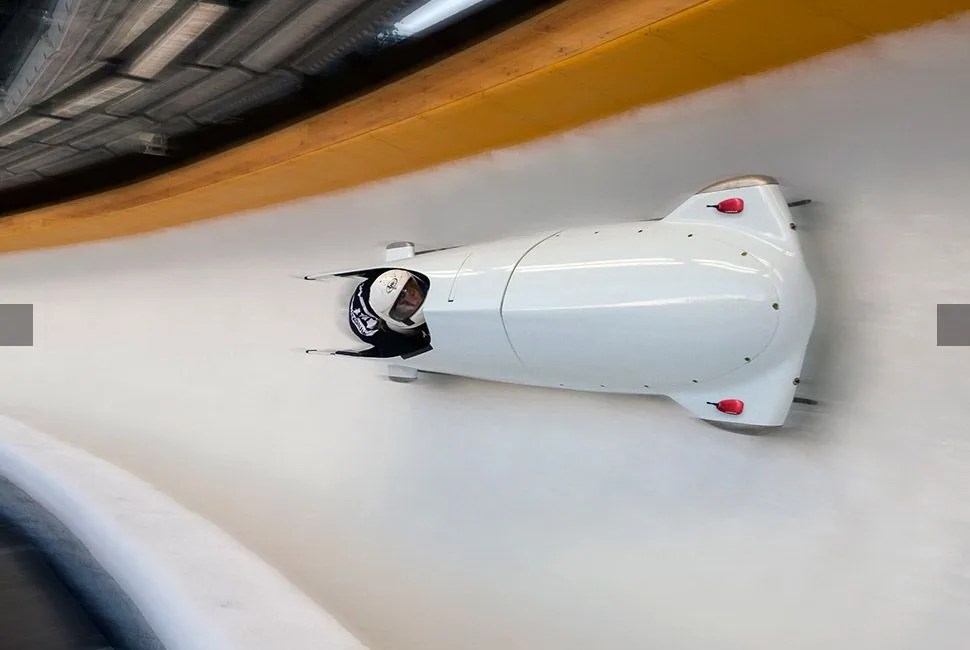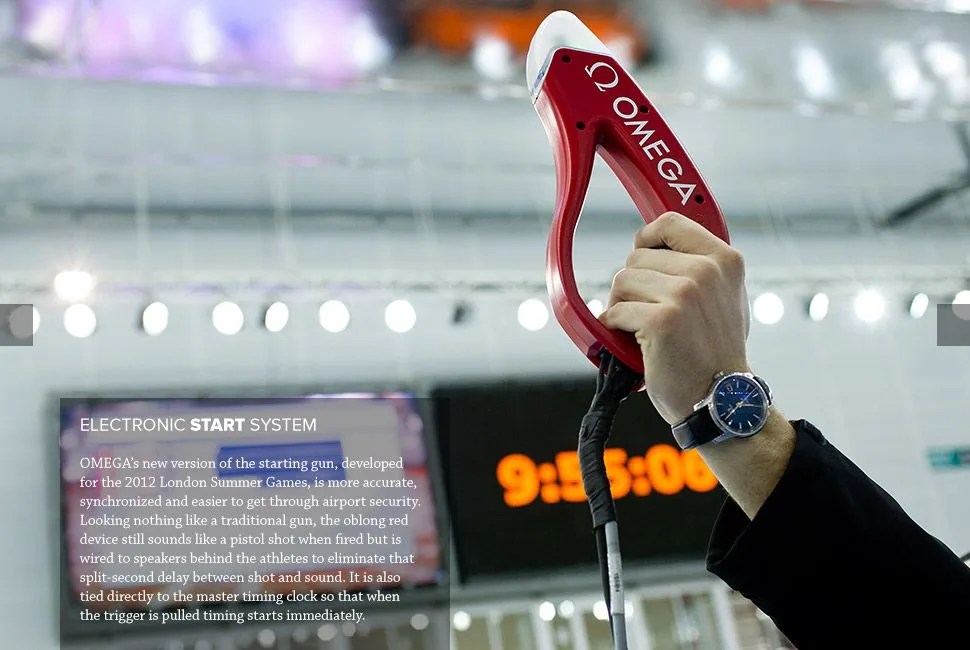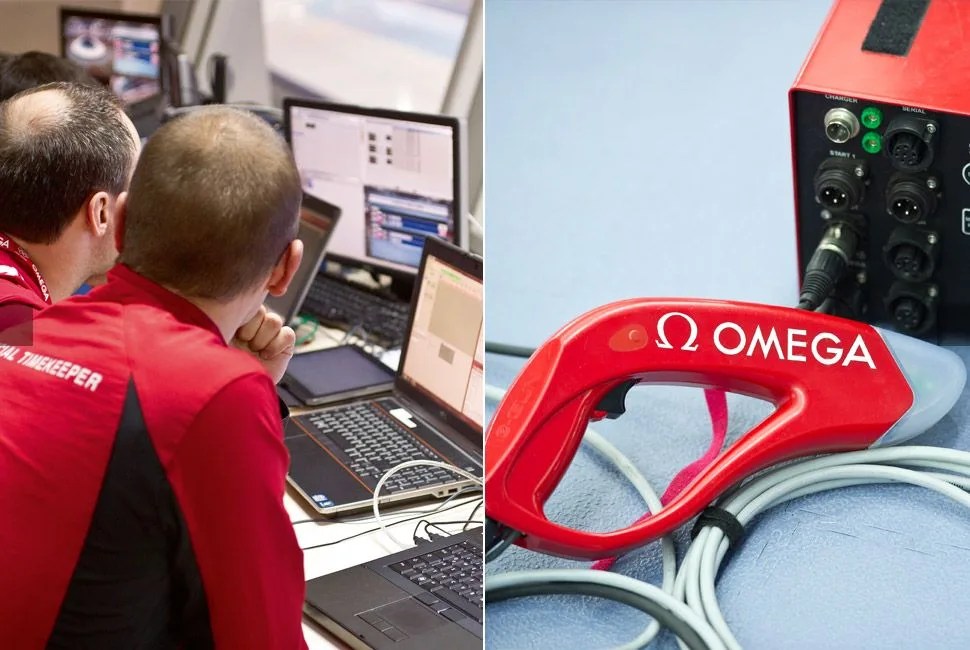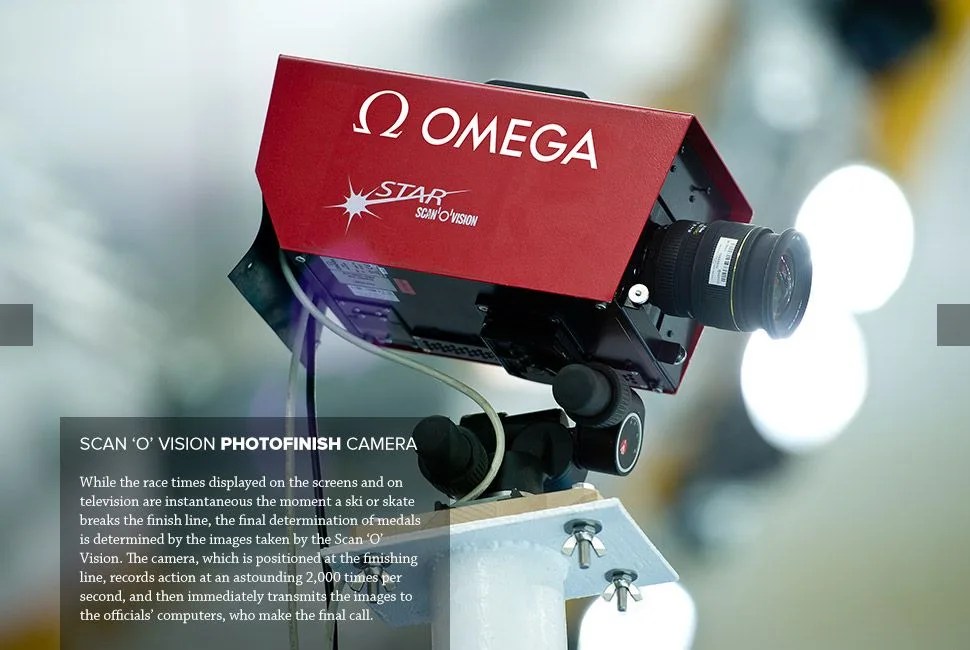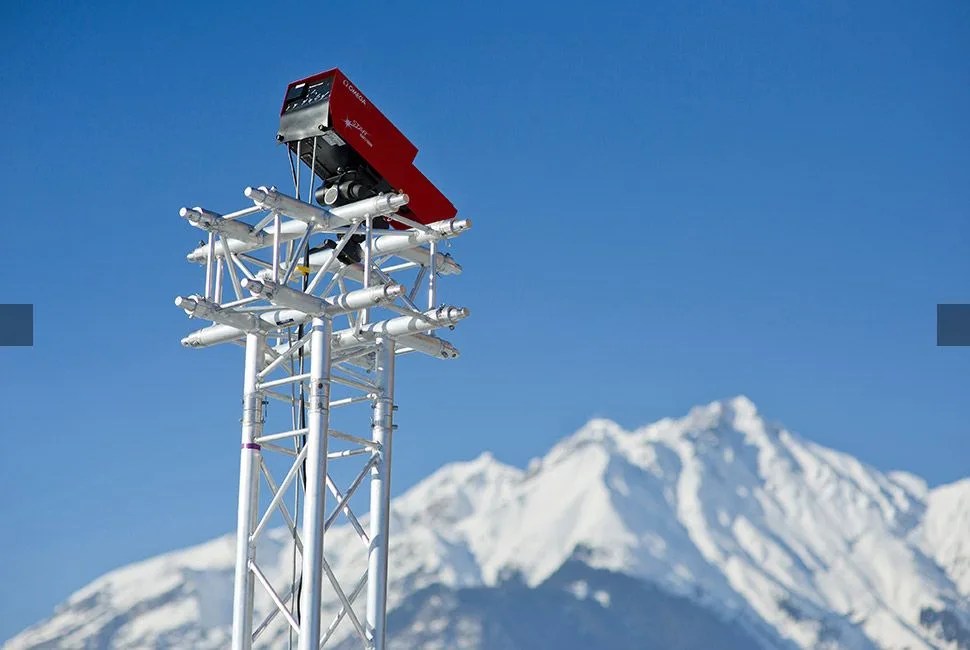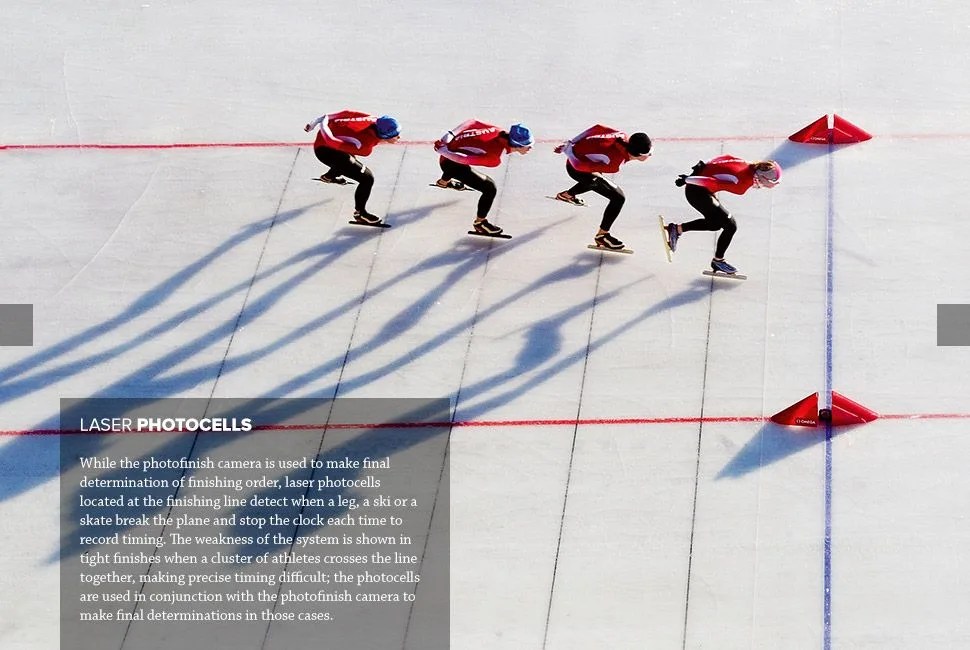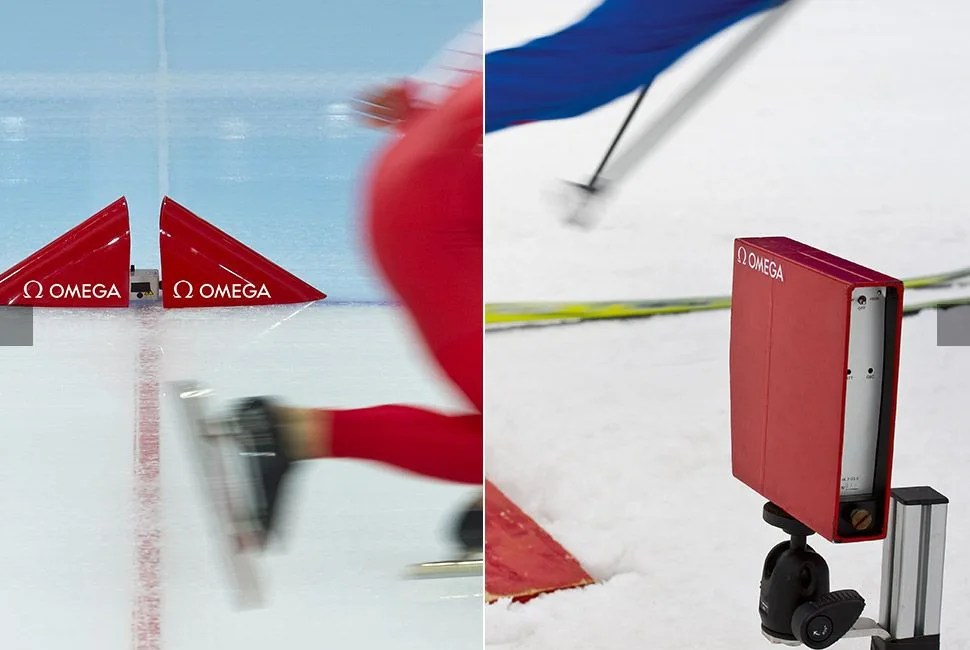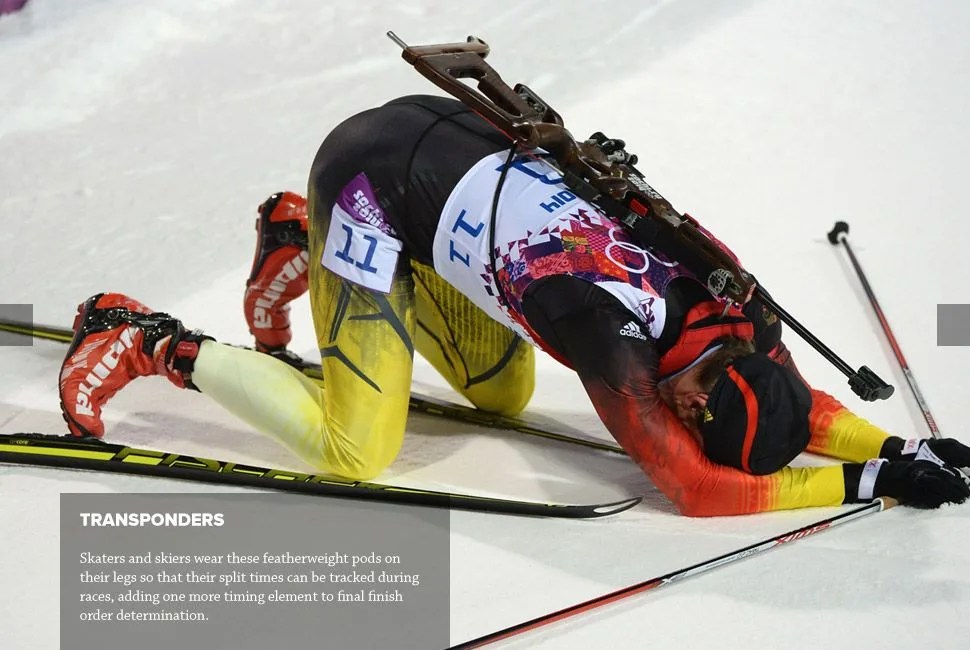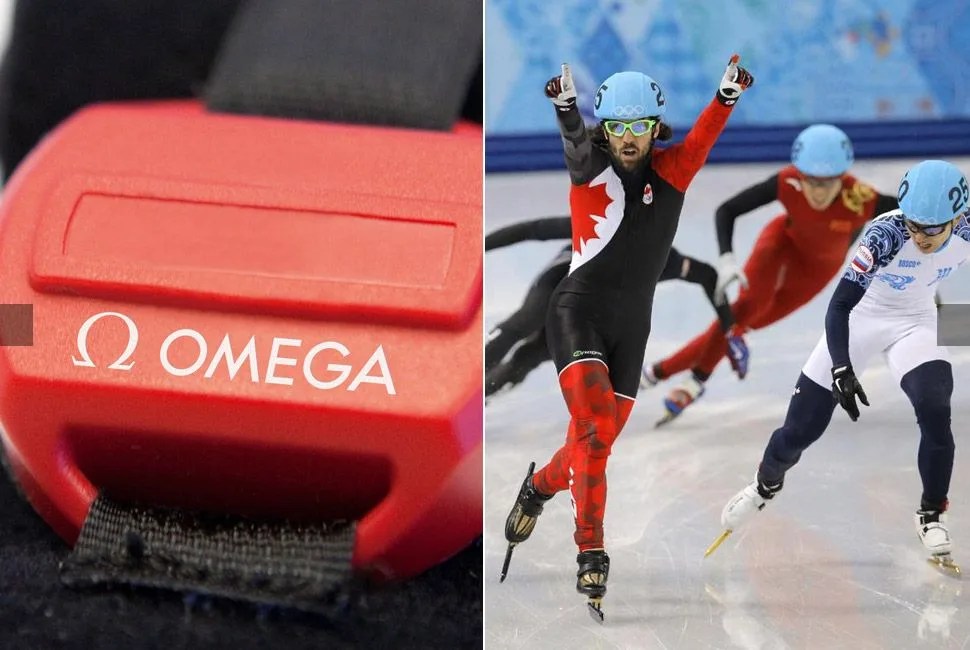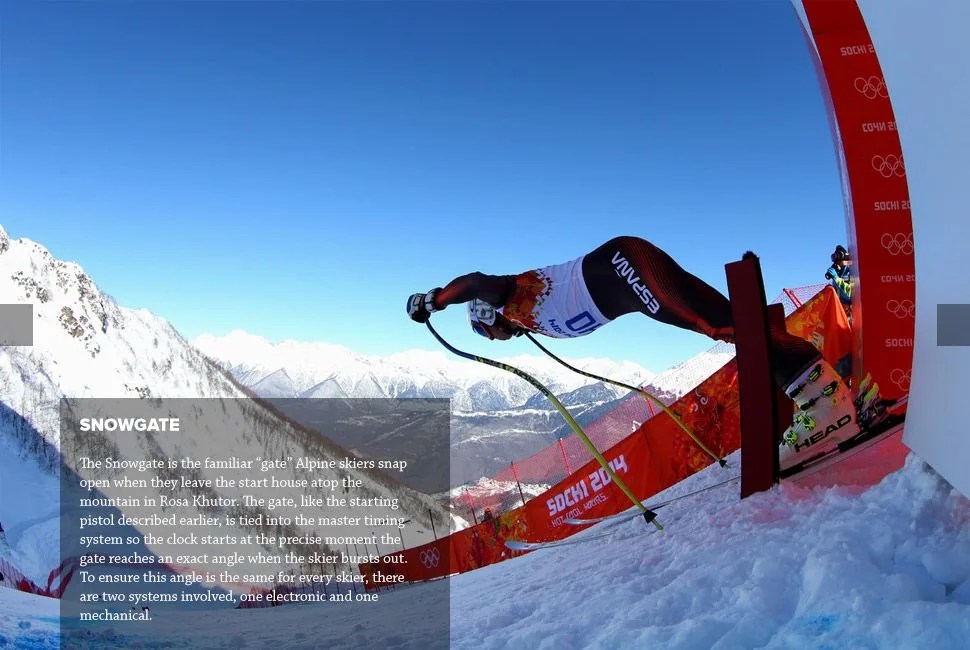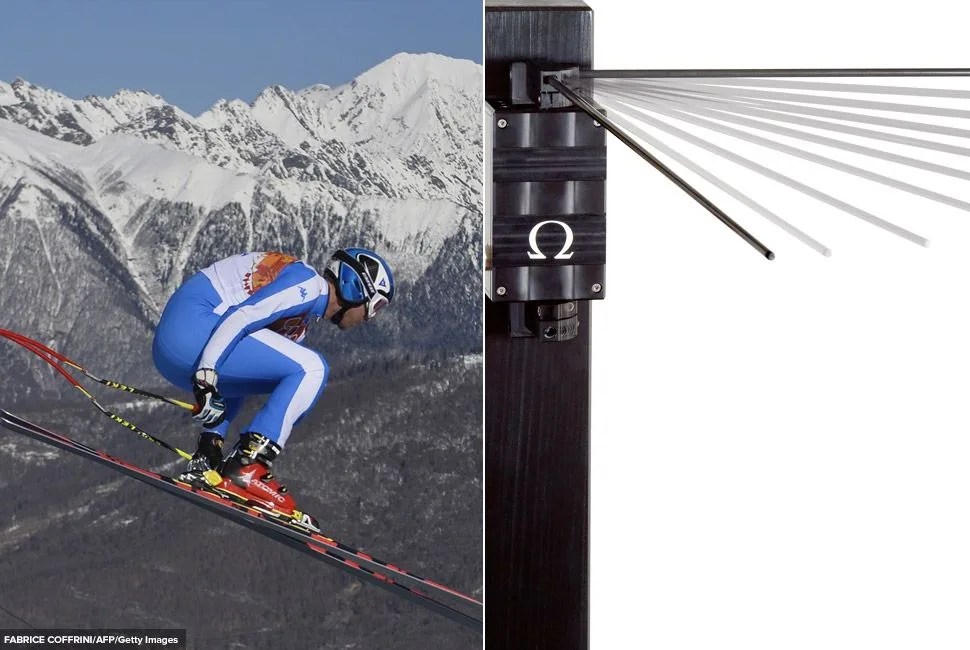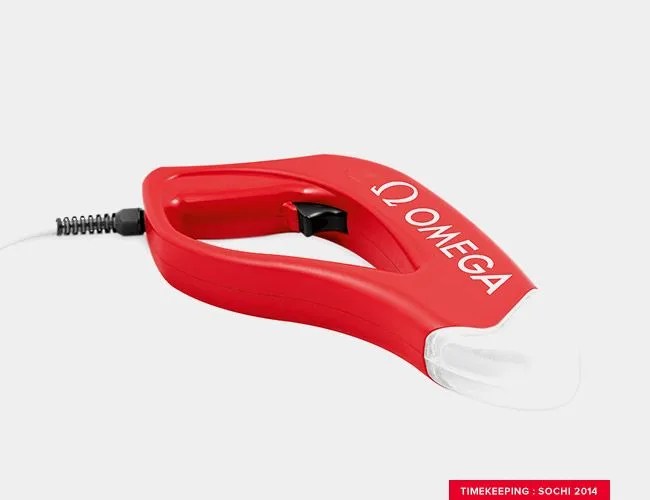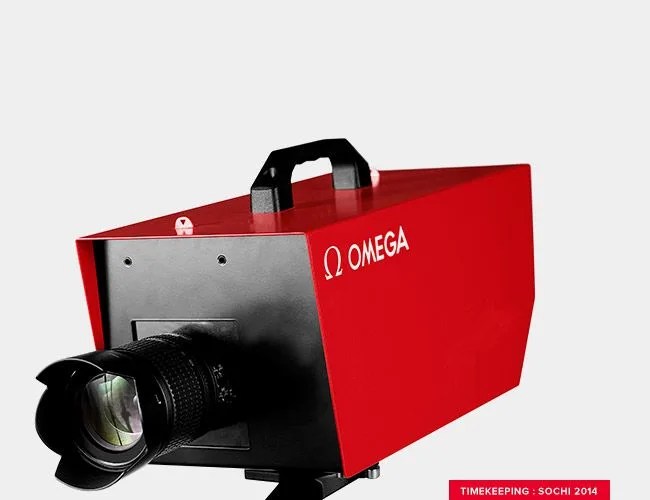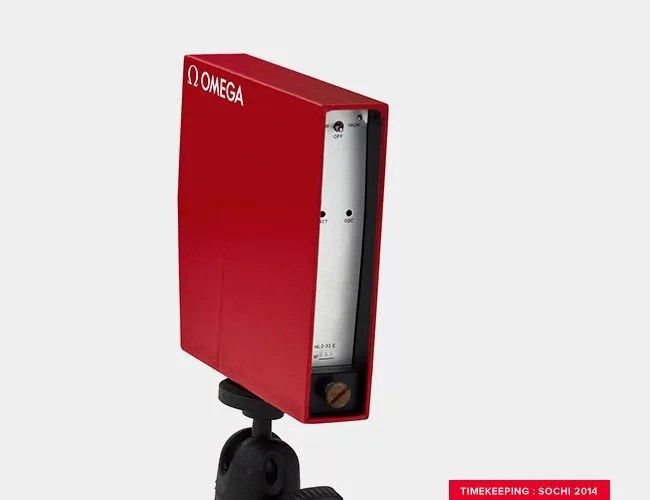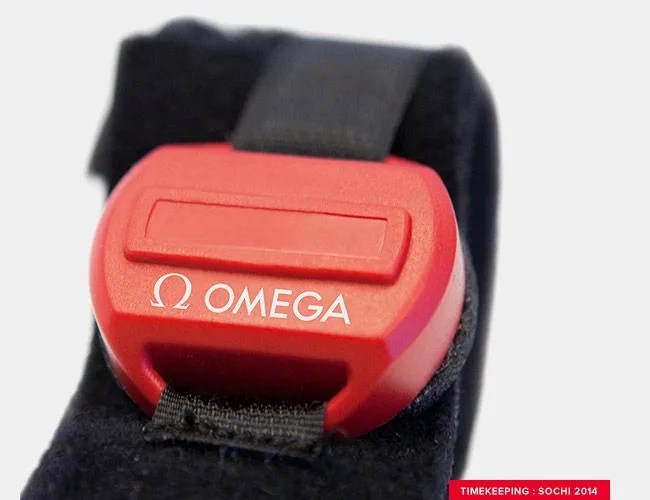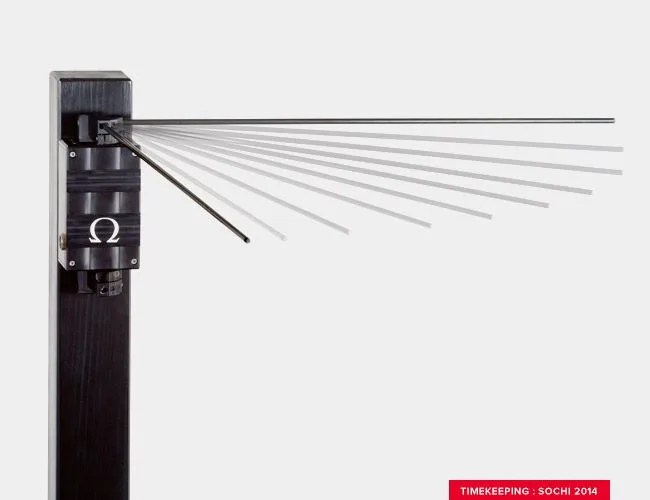13 photos
Maybe it’s our keen interest in timepieces, but when it comes to Olympic sports, we prefer those that involve beating the clock or getting across the line faster than everybody else. Half-pipe snowboarding may be thrilling and ski jumping nail-biting, but nothing comes close to a short-track speedskating photo finish or watching the digital split times in the Super-G. Sure, even the ice dancers have their time limits but the Olympic motto is “Faster, Higher, Stronger” and we’ll take a .001-second victory over a triple salchow any day. Luckily, our bias for the speed sports is shared with timepiece powerhouse OMEGA, who has been timing the Games since 1932.
Aside from producing some pretty awesome watches, including one that went to the Moon, OMEGA maintains an entire division whose sole focus is sports timing. While OMEGA Timing used to involve the use of quaint mechanical stopwatches, times have changed; the only mechanical watch timing anything anywhere close to Sochi will likely be one of Putin’s chronographs keeping his minions in line. Olympic timing is serious business these days and nothing is left to watches that need winding: it’s all lasers and photocells and transponders. Every two years when an Olympic Games rolls around, OMEGA comes out with some new technology that improves timekeepers’ abilities to be more accurate and avoid controversies. Two years ago, we looked at the Summer Games in London. Now let’s see what’s happening in Sochi.

OMEGA Measurement Unit
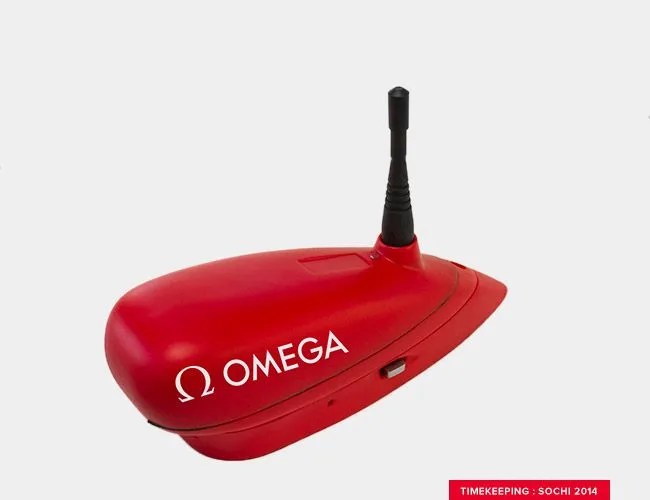
Arguably the biggest new development making its debut in Sochi is the OMEGA Measurement Unit that will be used in the bobsleigh (or bobsled) races. Despite its rather unimaginative name, the Measurement Unit brings some impressive technology to the race: the device doesn’t just measure straight line speed but also acceleration and angular velocity. In case you didn’t pay attention in physics class, those parameters translate into the forces acting on the sleds as they rocket down the track. While this data may be nothing more than curiosities to fans, it’s important to teams, coaches and officials, who can monitor the information instantaneously during the races thanks to wireless transmission.
Hardware-wise, the OMEGA Measurement Unit consists of small sensors and transmitters mounted on the front of each sled that contain a three-axis gyro-sensor, three-axis accelerometer and a speed sensor. Early prototypes developed a couple of years ago required bulky CPUs inside the sleds, which weren’t ideal. OMEGA continued to refine the wireless transmission component of the device, and the Measurement Units used in Sochi are negligibly small and light. Look for the small red pods on the leading edge of the sleds, which will most likely be a blur as the teams fly down the track. We’d love to get one to use on our favorite Flexible Flyer, but we’re not holding our breath.

